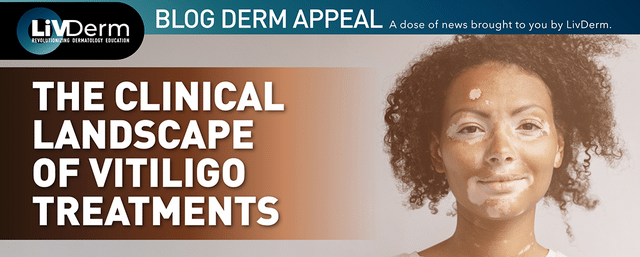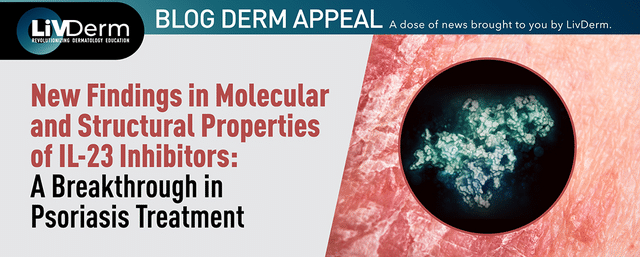Aesthetic clinicians are increasingly using injectable hyaluronic acid (HA) fillers in a variety of ways for facial rejuvenation – from superficial dermal injections to correction of the temple and infraorbital hollows. The rising trend has become a standard treatment procedure worldwide, with the number of HA injection procedures surging 97% from 2010 to 2017. As a result, innovative technologies have greatly expanded the range of available filler products. Although different HA fillers may share the same indication, they often have very different rheologic and physicochemical profiles, which are important to consider when determining the most suitable products for individual patient needs.
The variety of HA fillers on the market challenges aesthetic physicians to tailor products to specific facial rejuvenation needs, however, clinical data on product performance is lacking. A paper published in April 2019 in Plastic and Reconstructive Surgery evaluated the differing rheologic and physicochemical properties of filler products in an effort to optimize usage and patient outcomes.
Differentiating HA Fillers
Researchers aimed to assist aesthetic physicians in differentiating HA fillers by studying the collected rheologic and physicochemical measurements of 18 different injectable products including Belotero Balance, Juvéderm products, Restylane fillers, and Teosyal products. The study evaluated the impact of rheologic and physicochemical measurements, using the parameter known as the elastic modulus (G’), as well as hyaluronic acid concentration on swelling factor and cohesion. Additionally, contributing authors shared practical experiences about G’-based product selection, considering skin quality, degree of correction, injection depth, and anatomical location. Researchers concluded that parameter G’ was found useful and consistent for HA filler product differentiation.
The study revealed a correlation between G’ and swelling factor, as well as G’ and cohesion in products with the same HA concentration that were manufactured using the same crosslinking technology. On its own, hyaluronic acid concentration had no apparent effect on swelling factor or cohesion.
Of the 18 fillers, the lowest G’ measurement was found in Restylane Fynesse, which authors had limited experience using. The highest G’ levels were found in Restylane Lyft, which has proven efficacious in the treatment of moderate to severe nasolabial folds, midface volume loss, decreased volume in the dorsal hand and when used for cheek augmentation. Furthermore, researchers discovered that lower G’ products tend to have higher swelling factor; the converse applies to higher G’ products. Nonanimal stabilized HA and Vycross products had the lowest swelling factor, while Cohesive Polydensified Matrix product (Belotero Balance) and XpresHAn crosslinking product had the highest swelling factors.
Study authors also found that as G’ decreases, HA gel has more cohesive properties however, this was only evident in products produced using the same technology. Additional research is necessary to determine the importance of gel cohesion in injectable fillers.
Optimal Product Selection
Updates in data on HA filler differentiation provide much-needed guidance for aesthetic physicians selecting injectable products in order to achieve optimal aesthetic outcomes. According to study authors, higher G’ products are better suited for thicker-skinned individuals and deeper injection levels, while lower G’ products work best on more superficial planes in patients with thinner skin, where product visibility is a concern.
Alongside skin quality, additional factors for consideration in product selection include the degree of correction, injection depth, and anatomical location. According to researchers, higher G’ valued products should be used for deeper planes of injection and greater degrees of correction while lower G’ fillers can be used for less severe corrections. When selecting a product based on anatomical location, authors suggest lower G’ products for areas such as mild tear troughs on thin or transparent skin and higher G’ products for deeper tear troughs.
















